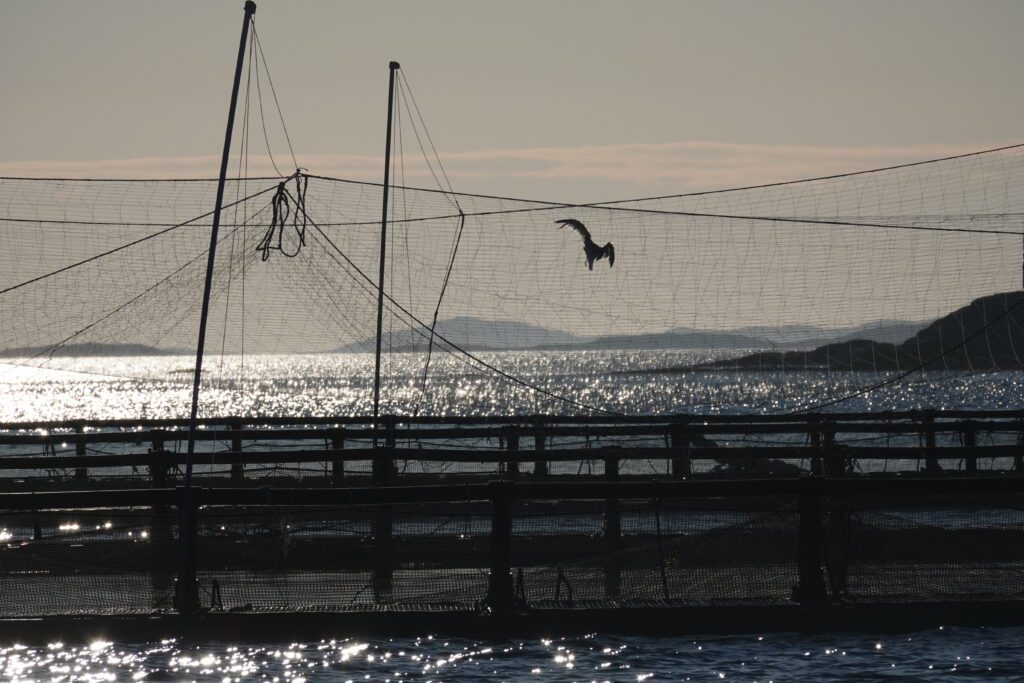Large research project focuses on the effects of blue growth on seabirds
Humans occupy an increasing amount of sea area. Increasing transport and the need for more energy and food are the three main causes. A new research project will contribute in securing a more sustainable management of Norwegian sea areas through studies of seabirds.
Increasing pressure on the marine environment
The growth in marine and coastal industry is intensifying the pressure on biodiversity as humans occupy an ever-increasing area of the ocean surface for wind and oil industry, fisheries, fish-farming and marine traffic. At the same time, the ecosystem is currently under the threat of large, anthropogenic climate changes. Being strongly linked to marine resources, seabirds are important indicators of the state of marine ecosystems. By studying the effects of the total influence of several stressors on seabirds, researchers in the MARCIS project will contribute to a comprehensive and sustainable management of marine biodiversity. The aim of MARCIS, which is a British-Norwegian collaboration between research institutions, industry and management authorities, is to develop a tool for decision making which can facilitate an ecosystem-based management of marine areas.
Significant project partners
MARCIS is a four-year project with a total economic frame of nearly 39 million NOK, and it is led by researcher Tone Kristin Reiertsen at the Norwegian institute of nature research (NINA) in Tromsø. In cooperation with the other researchers and project partners, she will assess the accumulated effects of human activities in and on the sea on seabirds and other bird species migrating across oceans. Among the project participants are Equinor, Total Energies, Aker Offshore Wind og Norwegian Offshore Wind Cluster. Since user involvement is an important component, relevant institutions such as the Norwegian Environment Agency, Directorate of Fisheries, the Norwegian Coastal Administration, the Norwegian Oil and Gas Association, county municipalities and Birdlife Norway are involved in the development of the tool.
Builds on existing monitoring
Many of the project participants are also involved in SEAPOP and SEATRACK, and these two research and monitoring programmes are of underlying value for MARCIS.
– We can use results, knowhow and data from SEAPOP and SEATRACK in the development of a decision-making tool that enables the users to quantify and illustrate the total burden of offshore industry on seabirds in specific ocean areas. In turn, this will enable the facilitation of a more sustainable management of the marine environment, says Reiertsen.
One of the specific intentions of the project is the creation of detailed maps of the overlap between seabird distribution and human industrial activity in the marine environment. It will also be possible to assess the consequences of offshore wind farms on seabirds and migrating birds, as well as evaluating the sensitivity of seabirds and the vulnerability of specific populations to different types of industrial activity at sea. For instance, one may assess the degree of risk associated with various kinds of industrial development in given ocean regions, or whether certain activities should be avoided at given times of the year.
Read more about MARCIS
Contact person: Tone Kristin Reiertsen, NINA


